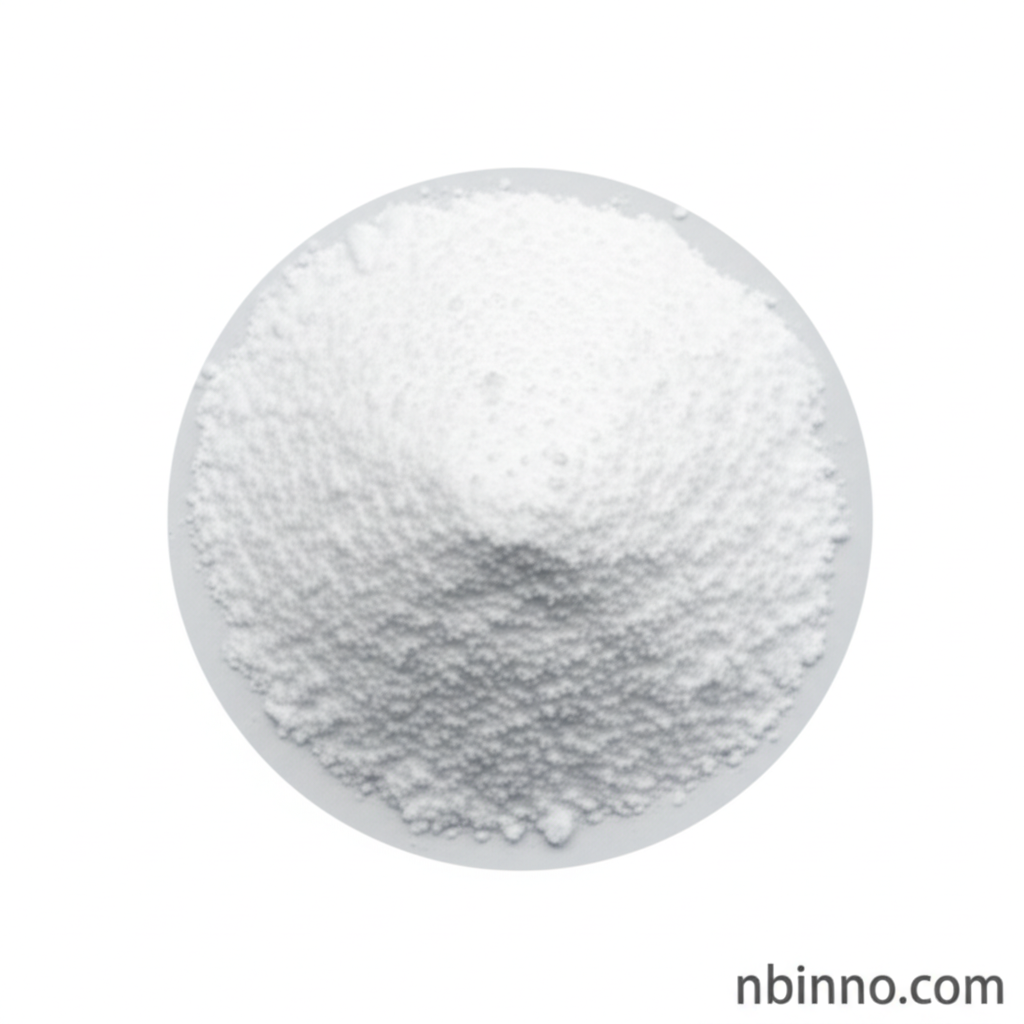Advanced Near-Infrared Absorbing Organic Dyes: Synthesis, Properties, and Applications
Exploring novel chromophores for SWIR and ESWIR applications with tunable optical properties.
Get a Quote & SampleProduct Core Value

Fluorene-Indolizine Chromophores
This research introduces a series of Fluorene-Indolizine (FluIndz) chromophores engineered for absorbing light in the shortwave infrared (SWIR) and extended SWIR (ESWIR) regions. These novel organic dyes showcase tunable absorption characteristics, with maxima extending up to 2088 nm, achieved through strategic modifications to their antiaromatic fluorene core and indolizine donors. The study provides a comprehensive analysis of their synthesis, photophysical behavior, electrochemical properties, and structural characteristics via advanced spectroscopic techniques and computational methods.
- Discover the tunable optical properties of these organic chromophores, with absorption maxima ranging from 1470–2088 nm, ideal for advanced infrared applications.
- Understand the detailed synthesis pathways and the impact of indolizine donor modifications on spectral shifts and photophysical behavior.
- Learn about the electrochemical properties and frontier molecular orbitals, crucial for understanding charge transfer and device performance in organic photodetector materials.
- Explore the unique characteristics, including potential thermally accessible triplet states and demonstrated diradical behavior in EPR, offering insights into their electronic structure.
Key Advantages
Extended Infrared Absorption
These Fluorene-Indolizine dyes are specifically designed to absorb light in the SWIR and ESWIR regions, filling a critical gap in organic optoelectronic materials and offering solutions for applications requiring infrared sensitivity.
Tunable Properties for Design Flexibility
By systematically altering the indolizine donors and core structures, researchers can fine-tune the absorption spectra and other photophysical characteristics, enabling precise material design for specific needs.
Insights into Antiaromaticity and Diradical Behavior
The study delves into the role of antiaromaticity in achieving low energy absorption and investigates the diradical nature of these compounds, providing fundamental understanding relevant to next-generation materials.
Key Applications
Infrared Photodetectors
Leverage the SWIR/ESWIR absorption capabilities for the development of sensitive and cost-effective organic photodetectors.
Biological Imaging
Explore the potential of these dyes as contrast agents for fluorescence-based biological imaging in the infrared spectrum, offering deeper tissue penetration.
Laser Protection
Utilize their strong infrared absorption for applications such as doping sol-gel coatings for near-IR laser protection.
Optoelectronic Devices
Investigate their use in various optoelectronic devices where precise control over infrared light absorption and emission is crucial.
